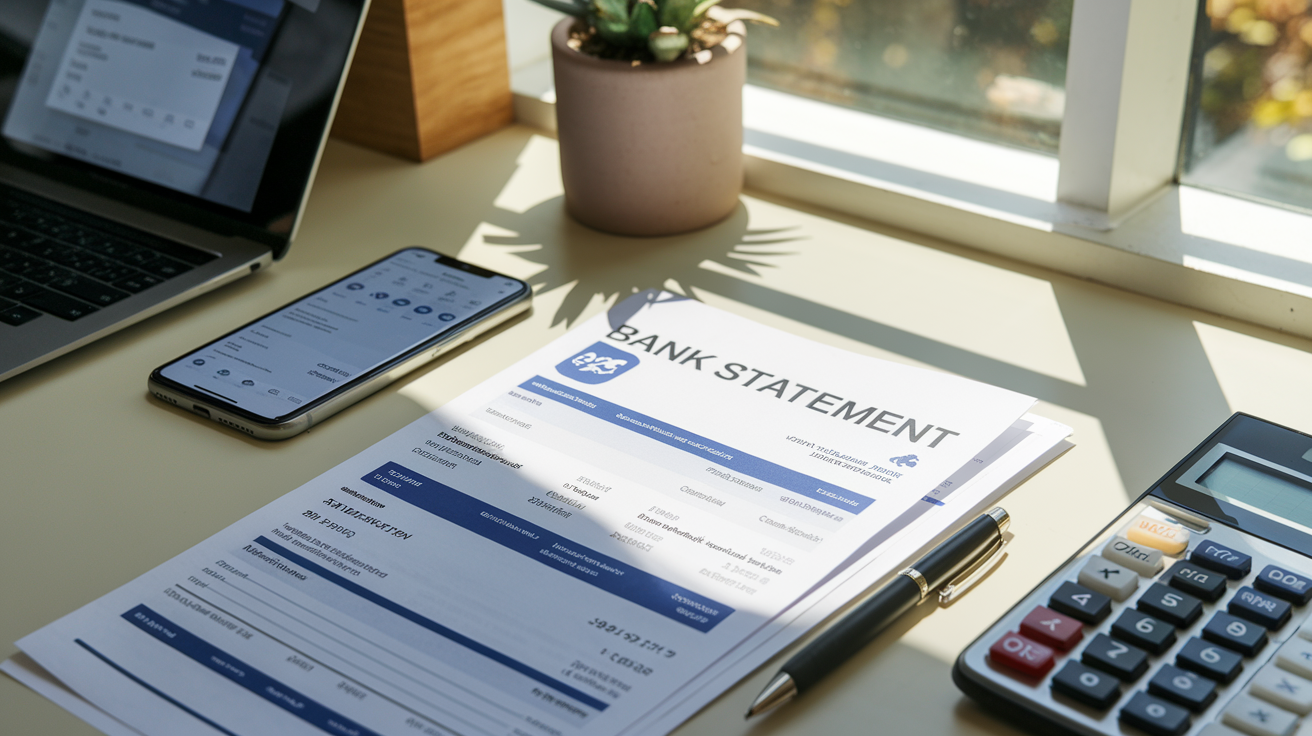Ever struggled with how to get a Chase bank statement PDF online without an account?
You’re not alone!
Today, I’m breaking down the mystery behind these documents and how you can get related customized bank statements.
Discover easy tips and tricks to get, read, and manage your statements like a pro.
Stay tuned for step-by-step guides and useful insights.
In today’s digital age, protecting our financial information is crucial. Bank statements contain sensitive data that, if compromised, could lead to identity theft or financial fraud. This blog post focuses on securing Chase Bank statement PDFs, offering practical steps to safeguard your financial information.
Understanding PDF Security
What is PDF Security?
PDF security refers to measures that protect the contents of a PDF file from unauthorized access or modification. These measures can include passwords, encryption, and permission settings.
Why secure a bank statement PDF?

Securing your bank statement PDF is essential because:
- It contains sensitive financial information
-
Unauthorized access could lead to identity theft
- It helps maintain your financial privacy
The Risk of Unsecured PDFs
Potential threats of unsecured documents
Unsecured PDFs pose several risks:
- Identity theft
- Financial fraud
- Unauthorized access to your banking information
- Potential misuse of your data
Common ways PDFs get compromised
PDFs can be compromised through:
- Weak or no passwords
- Outdated software vulnerabilities
- Phishing attacks
- Malware infections
Steps to Secure Your PDF
Using strong passwords
Create a strong password for your PDF by:
- Using a mix of uppercase and lowercase letters, numbers, and symbols
- Make it at least 12 characters long
- Avoiding personal information or common words
Encrypting your PDF files
Encryption adds an extra layer of security.
- Use PDF editing software to encrypt your files
- Choose a strong encryption method (e.g., 256-bit AES)
- Keep your encryption key safe and separate from the PDF
Regular software updates
Keeping your software updated helps protect against security vulnerabilities.
- Enable automatic updates for your PDF reader
- Regularly check for updates manually if automatic updates are not available
- Update your operating system and antivirus software regularly
Using Chase Bank’s Features

Accessing Chase’s secure download options
Chase Bank offers secure options for downloading statements:
- Log in to the customized Chase online banking account
- Navigate to the statements section
- Choose the “Secure PDF” option when downloading
Setting up notifications for downloads
Enable notifications to stay informed about account activity:
- Go to your Chase account settings
- Set up alerts for statement downloads
- Choose how you want to receive notifications (email, text, or push)
Third-Party Tools for Extra Security
Recommended PDF management tools
Some reliable PDF security tools include:
- Adobe Acrobat
- Proofofstatementcom
- Foxit PhantomPDF
- Nitro Pro
How to use these tools with Chase PDFs
To use third-party tools with Chase PDFs:
- Download your statement from Chase
- Open it in your chosen PDF management tool
- Apply additional security measures as needed
Best Practices for Digital Security
Keeping your software updated

Maintain up-to-date software by:
- Enabling automatic updates
- Regularly checking for manual updates
- Replacing outdated software that no longer receives security updates
Regular monitoring of account activity
Stay vigilant about your account activity:
- Review your statements regularly
- Set up account alerts for unusual activity
- Report any suspicious transactions immediately
Conclusion
Securing your Chase Bank statement PDFs is a crucial step in protecting your financial information. By implementing strong passwords, using encryption, and staying vigilant about your account activity, you can significantly reduce the risk of your sensitive data falling into the wrong hands.
FAQs
How often should I update my passwords?
It’s recommended to update your passwords every 3-6 months, or immediately if you suspect any security breach.
What to do if I suspect my statement has been compromised?
If you suspect your statement has been compromised:
- Contact Chase Bank immediately
- Change your online banking password
- Review your recent account activity for any unauthorized transactions
- Consider placing a fraud alert on your credit reports



